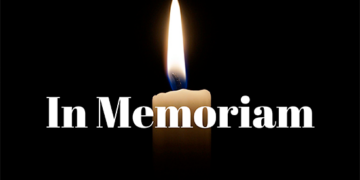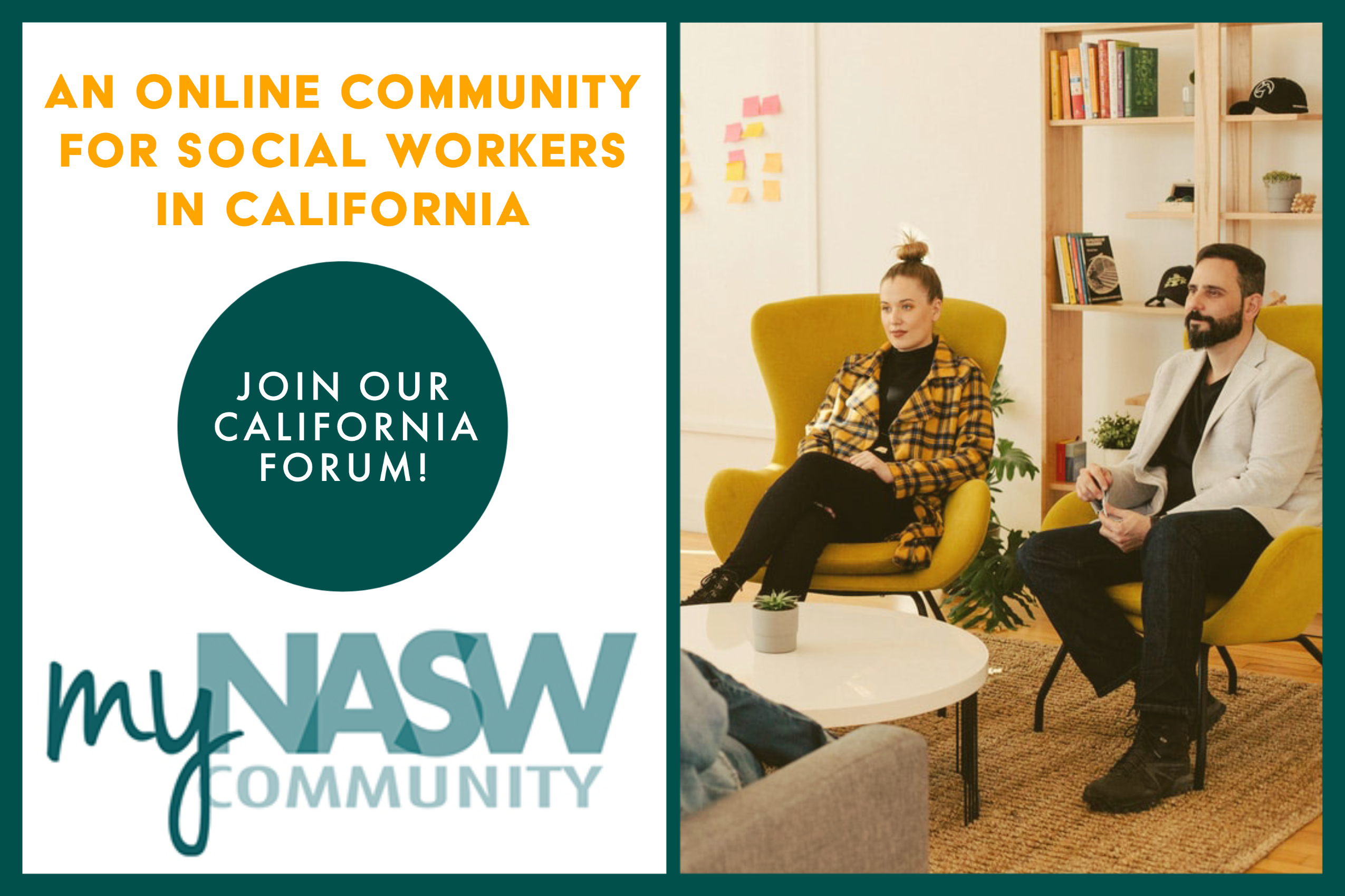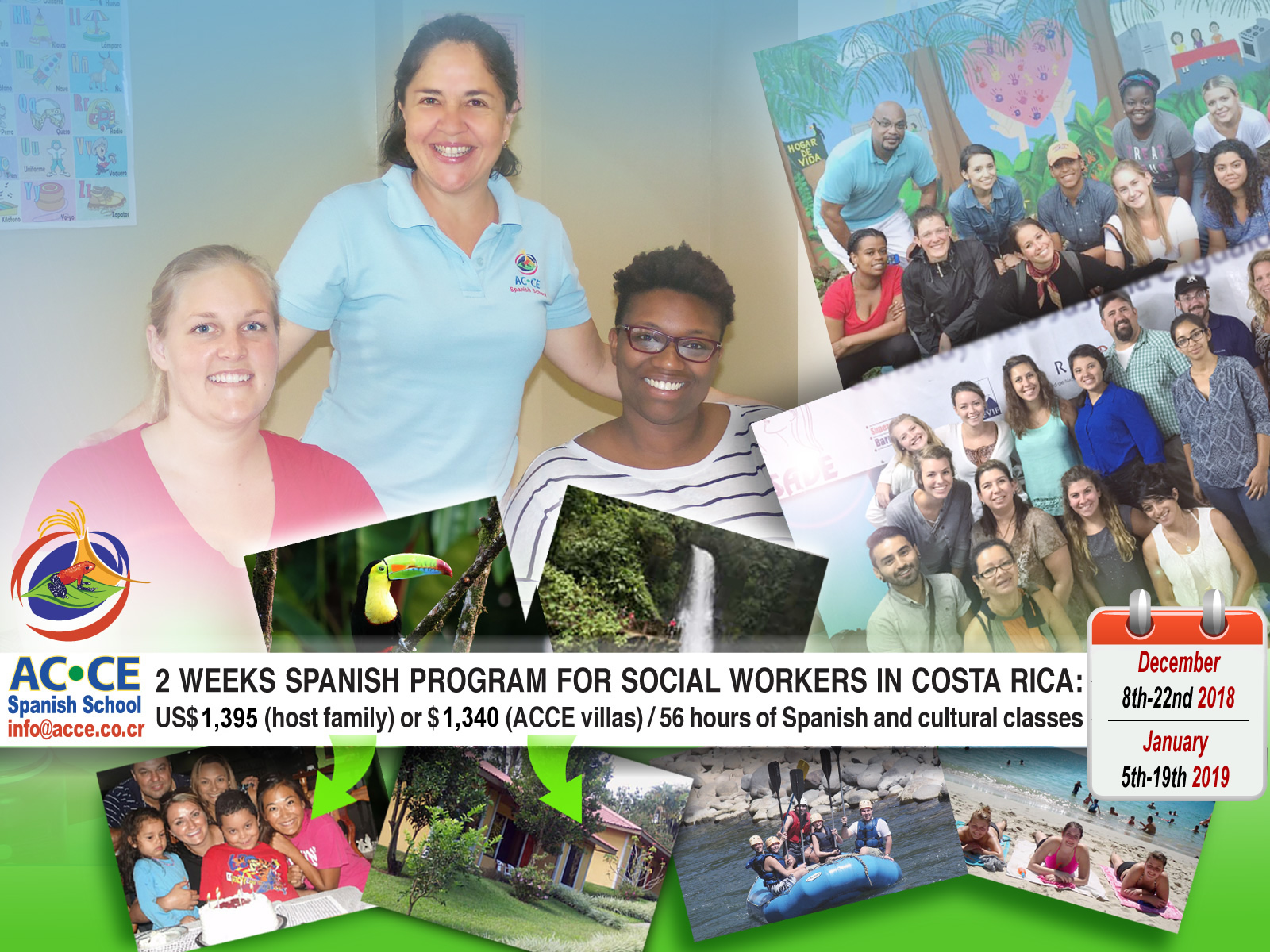In recent years, researchers have identified that marijuana contains 50 percent higher concentrations of cancer causing compounds than cigarettes (Singh et al., 2009), damages the DNA of the user (Hollister, 1992) and harms the fetus of women who smoke marijuana during pregnancy (Marroun et al., 2011). Yet little is known about the effects of secondhand marijuana smoke on the non-smoking public, or more importantly on the children living in an environment where they are forced to inhale chemicals into their growing bodies.
The legislation of recreational marijuana use is rapidly spreading across the United States. In recent elections, Colorado and Washington were among the first 18 states to legalize the use of medical marijuana more than a decade ago (Hanson, 2012), and both recently voted to legalize the production, sale and possession of recreational marijuana (Ng, Phillips, & Sandell, 2012).
Despite federal laws forbidding marijuana use and possession, on August 29, 2013, the U.S. Department of Justice released a memorandum stating they will not be challenging the Colorado or Washington decision to legalize the drug.
In the state of California alone, medical marijuana users increased from 300,000 in 2007 to an estimated range of 759,000 to 1,125,000 in 2011. Due to unmandated laws requiring registration of medical marijuana users, the exact number remains unknown. The combined number of non-medical and medical marijuana users in California is estimated to be 2.5 million (6.7 percent of the population) per month. Over the span of a year, it is estimated that 4.1 million (11.3 percent of the population) will be using marijuana in California (U.S. Department of Health and Human Services [USDHHS], 2008).
Given the aforementioned facts, the effects of secondhand marijuana smoke on children’s growing bodies is not yet fully understood, nor has it been an area of interest for researchers in either medical or social scientists.
Social workers have a duty to protect children and advocate to ensure their voices are heard. If California legalizes marijuana for recreational use, all children in the state will face the risk of exposure to second-hand marijuana smoke during their childhood. The exposure could be from a passerby in the street, a neighbor with an adjoining vent or yard, a parent who smokes in the home/vehicle, or even third-hand smoke if the caregiver does not smoke in the presence of the children. The children of California have a right to a drug-free environment and the right to expect laws to protect them.
The negative and deadly effects of secondhand tobacco smoke to its nonsmoking victims have long been known, and forced California and other cities around the globe to change their laws and protect nonsmoking individuals by banning smoking in the work place, restaurants and bars (California Tobacco Control Program, 2010). There is also emerging evidence of the dangers of third-hand smoke which is transferred from smoker to nonsmoker via clothing, furniture and bedding (Birger, 2010). However, there is a lack of research on the effects of second-hand or third-hand marijuana smoke to non-smoking individuals or, more importantly, children.
In June 2006, the Surgeon General released a causal relationship report between second-hand tobacco smoke exposure and Sudden Infant Death Syndrome, disease and death in children and nonsmoking adults (Brown, 2008).
The British Lung Foundation (2002) has also reported that marijuana contains 50 percent more cancer causing carcinogens than tobacco. Rajsekhar (2012) reported that smoking marijuana is associated with a five-fold increment of carboxyhemoglobin levels in the blood, an approximate three-fold increase in the amount of tar inhaled and increased retention in the respiratory tract when compared to smoking tobacco.
According to Taylor, et al. (2000), “The Respiratory Effects of Cannabis Dependence in Young Adults,” it was found that cannabis-dependent individuals displayed symptoms of chronic bronchitis, phlegm, shortness of breath, wheezing, pneumonia and cancer. The striking similarities of health problems faced by individuals who use marijuana and individuals who use tobacco are undeniable. These facts clearly illustrate the need for further investigation into the potential harm of secondhand and third-hand marijuana smoke, and the effects on children’s growing bodies.
Once more, an important question to ask is “What about the children?” Amongst the heated debates over whether marijuana is beneficial to the sick or whether people should have the freedom to choose for themselves, we have lost sight of the biggest most important issue, which is the potential effect second-hand marijuana smoke may have on children. When a child is forced to breathe in the 400-plus toxins found in marijuana, it has an impact on their environment. Researchers need to explore whether children will experience developmental difficulty or memory loss; explore whether children will have increased odds of developing cancer, more so than children of tobacco smoking parents; explore whether children will lack academic motivation; become dependent on marijuana themselves; and whether their parents are providing a safe environment.
Honey Moncur is a student at CSULB and can be reached at honeybwilson@yahoo.com.
REFERENCES
Birger, N. (2010, June). Third-hand smoke. Retrieved from http://www.center4research.org/2010/05/third-hand-smoke/.
British Lung Foundation. (2002). A smoking gun?: The impact of Cannabis smoking on respiratory health.
California Department of Justice, Office of the Attorney General. (2008, August). Guidelines for the security and non-diversion of marijuana grown for medical use. Retrieved from http://www.ag.ca.gov/cms_attachments/press/pdfs/n1601_medicalmarijuanaguidelines.pdf
California Department of Public Health. (2014). California Tobacco Control Program. Retrieved October 2012 from http://www.cdph.ca.gov/programs/tobacco/Pages/default.aspx.
Hanson, K. (2012, November). State medical marijuana laws. Retrieved from
http://www.ncsl.org/issues-research/health/state-medical-marijuanalaws.aspx
Hollister, L. E. (1992). Marijuana and Immunity. Journal of Psychoactive Drugs, 24, 159–163.
Marroun, H., Hudziak, J. J., Tiemeier, H., Creemers, H., Steegers, E. P., Jaddoe, V. V., and Huizink, A. C. (2011). Intrauterine cannabis exposure leads to more aggressive behavior and attention problems in 18-month-old girls. Drug & Alcohol Dependence, 118(2/3), 470–474. doi:10.1016/j.drugalcdep.2011.03.004
Ng, C. Phillips, A., and Sandell C. (2012, November 7). “Colorado, Washington become first states to legalize recreational marijuana.” Retrieved January 22, 2013, from ABC
News website: http://abcnews.go.com/Politics/OTUS/colorado-washington-states-legalize-recreational-marijuana/story?id=17652774.
Rajsekhar, S. (2012). Marijuana (cannabis): It’s illusion and information. International Journal of Pharma & Bio Sciences, 3(1), 190–200. Singh, R., Sandhu, J., Kaur, B., Juren, T., Steward, W. P., Segerbäck, D., & Farmer, P. B. (2009).
Taylor, D. R., Poulton, R., Moffitt, T. E., Ramankutty, P., & Sears, M. R. (2000). The respiratory effects of cannabis dependence in young adults. Addiction, 95, 1669–1677.
U.S. Department of Health and Human Services (USDHHS). (2008, December 30). Tables of Model-Based Estimates (50 States and the District of Columbia) Appendix B. Office of Applied Studies.
U.S. Department of Health and Human Services (USDHHS), Surgeon General. (2006, June 27). The health consequences of involuntary exposure to tobacco smoke: A report of the Surgeon General. Retrieved from
http://www.surgeongeneral.gov/library/reports/secondhand-smoke-consumer.pdf.












